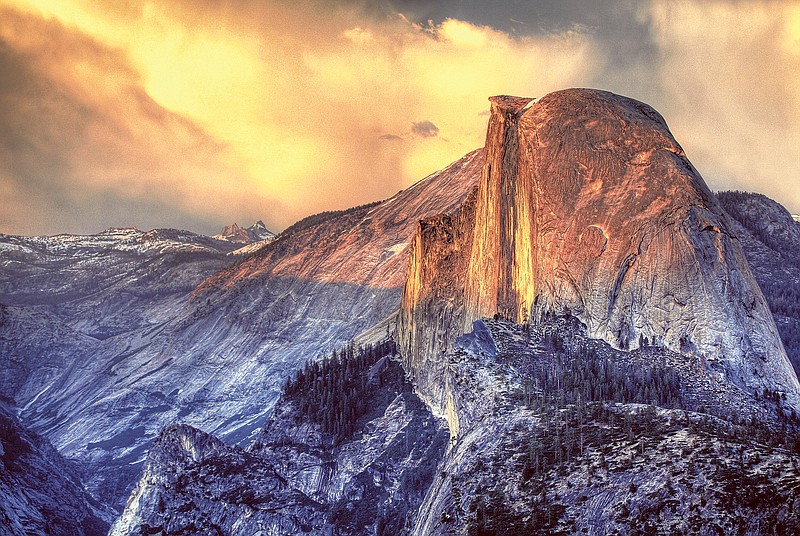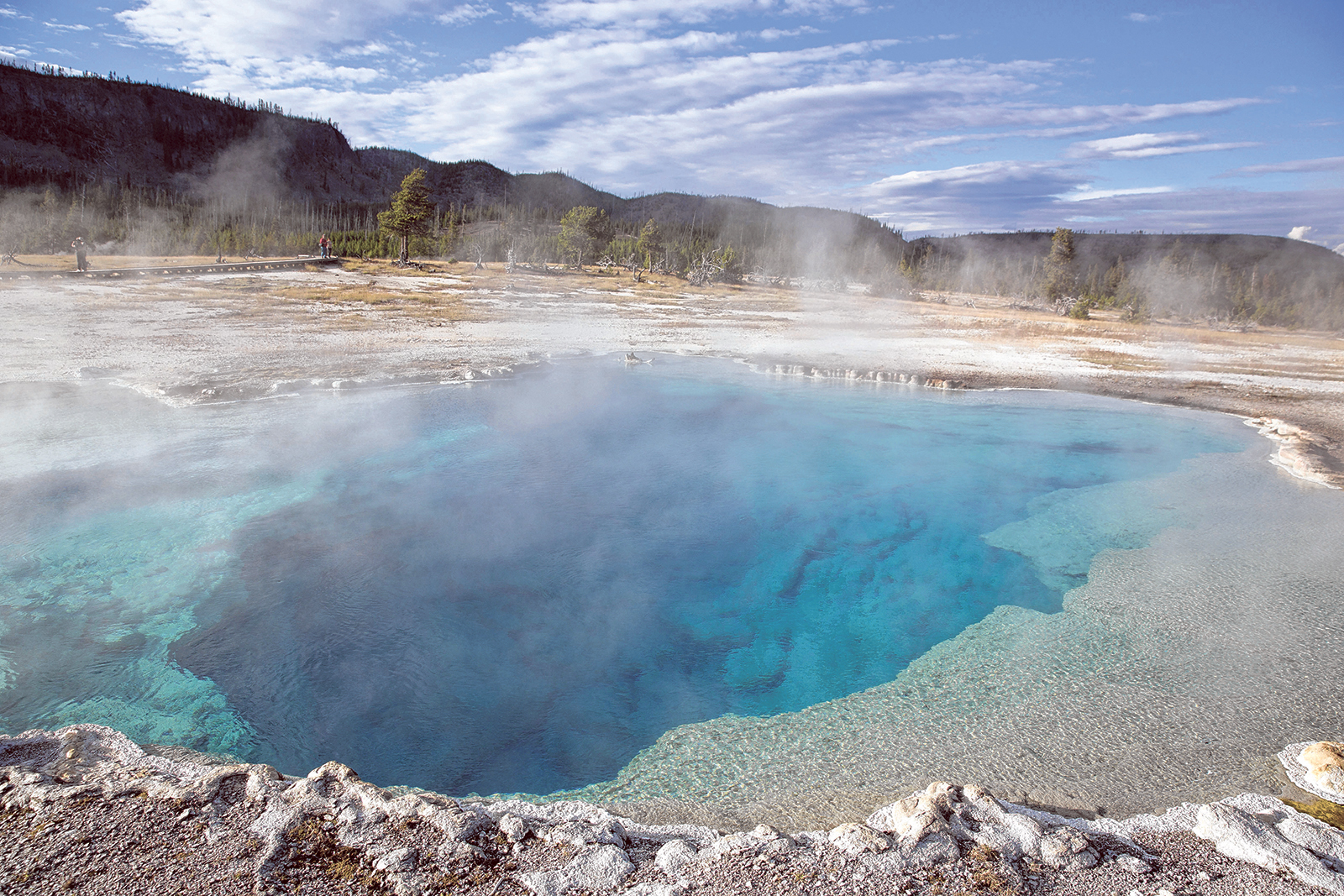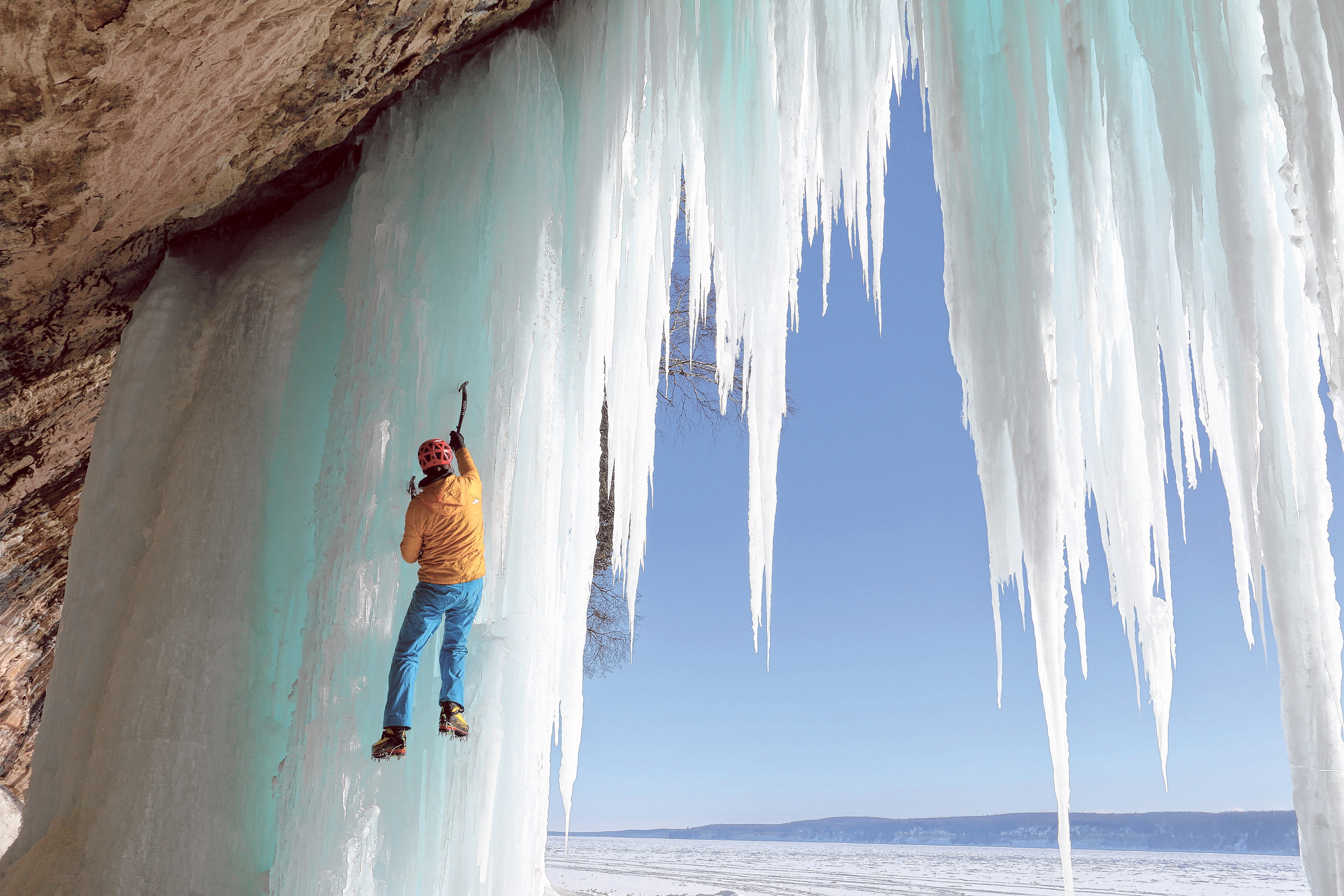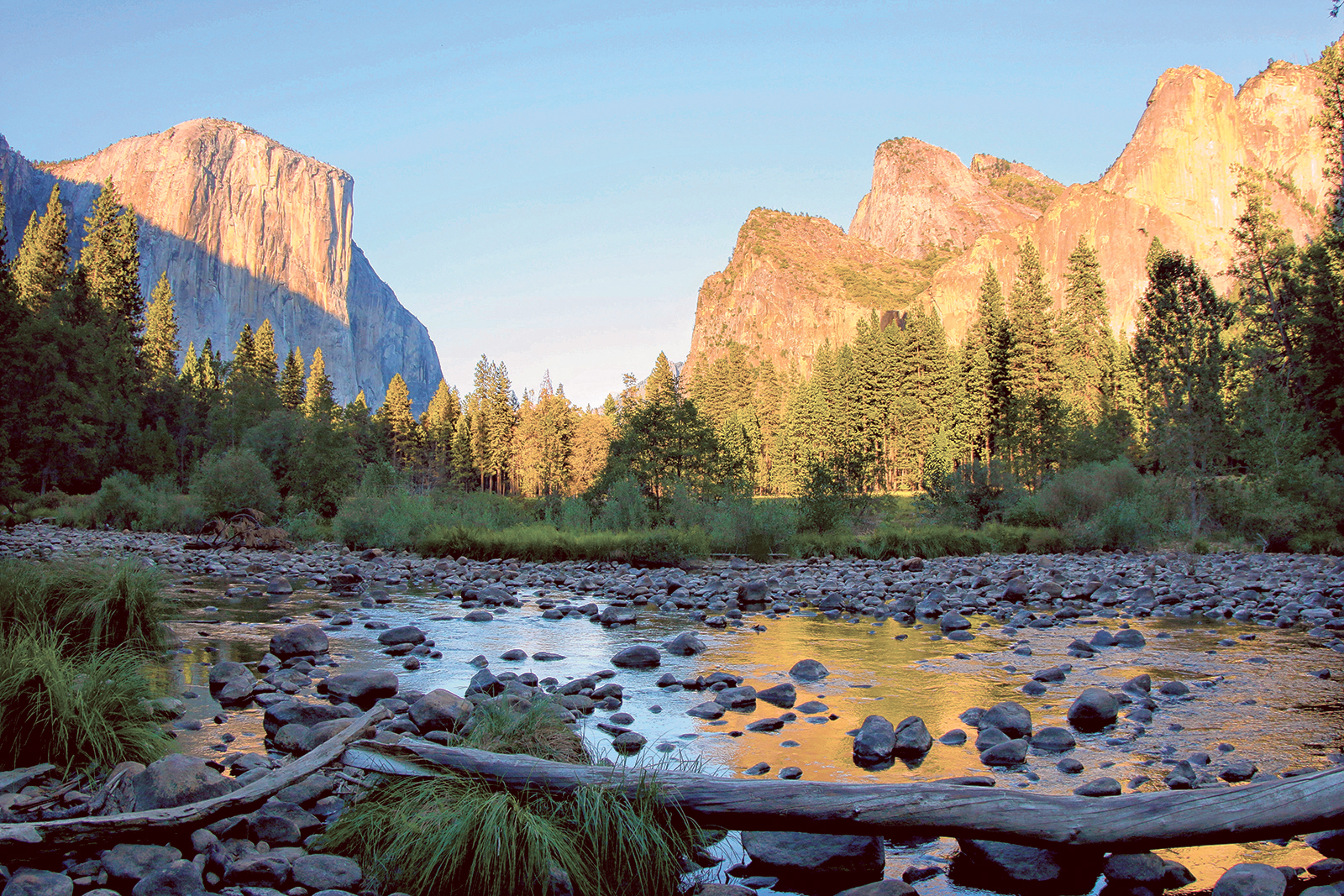If you go
› Running time: 43 minutes.› Showtimes: Noon, 2, 4 and 6 p.m. daily, plus 8 p.m. each Friday and Saturday.› Admission: $11.95 adults, $9.95 children.› Purchase online: www.tnaqua.org/imax/national-parks-adventure-3d.
Last chance
The Imax 3D Film Festival ends today, Feb. 11, with screenings of six films.Noon. “Humpback Whales 3D”1 p.m. “Born To Be Wild 3D”2 p.m. “Under the Sea 3D”3 p.m. “Hubble 3D”4 p.m. “Island of Lemurs”5 p.m. “Space Station 3D”Note: “Under the Sea 3D” and “Born To Be Wild 3D” will continue during the run of “National Parks Adventure 3D.”
Imax Club
Available for $40, the Tennessee Aquarium Imax Club gives passholders access to unlimited 45-minute films (the majority shown at the Imax) for one year. Other benefits include entrance to feature-length films for $4, free upgrades on popcorn and soft drinks, $2 discounts on companion tickets, 10 percent discount at the Imax Store (some exclusions). Purchase online at https://community.tnaqua.org/membership/imax-club, or call 423-267-3474.
As the U.S. National Park Service approaches its 100th anniversary this summer, a film opening Friday, Feb. 12, at the Tennessee Aquarium's Imax 3D Theater will send moviegoers on a "National Parks Adventure."
Filmed in 3D, the movie explores the awe-inspiring natural treasures within 30 national parks across the country. The MacGillivray Freeman Films cameras soar over red rock canyons, hurtle down steep mountain peaks and peer into otherworldly realms within America's most legendary wilderness areas.
"'National Parks Adventure' captures the stunning beauty of our wild places and reminds us these landscapes are an essential part of the human spirit," says the film's narrator, Oscar-winning actor Robert Redford.
The film follows world-class mountaineer Conrad Anker, adventure photographer Max Lowe and artist Rachel Pohl as they hike, climb and explore their way across America's spectacularly wild and beautiful places, including Yellowstone, Yosemite, Arches and Glacier national parks.
Together, producers say, the three represent the gamut of what the national parks bring to different people - from unabashed thrills to solace, healing and the source of their livelihoods.
"I really wanted this film to be much more than a tour and to invite audiences to engage with the parks in a fun and immersive way," says two-time Academy Award-nominated director Greg MacGillivray. "I wanted to make a freewheeling film that captures the way the parks speak to adventurers, artists, athletes and anyone who wants to challenge themselves physically, artistically and spiritually within."
The concept of exploring the parks from a climber's perspective was inspiring to longtime MacGillivray Freeman Films collaborator Stephen Judson, who serves as co-writer and editor of the film.
"Every tourist who has ever stood in Yosemite Valley gazing up at Half Dome has had a fantasy of climbing that great wall of granite," says Judson. "Maybe it was only a wishful flash of glory, gone in a nanosecond, crushed by the heavy hands of caution, responsibility, common sense and doubt. But however briefly, we've all been there. Our climbers in the film give wing to that flight of fantasy. The national parks inspire us to dream of breaking free of our everyday boundaries. The climbers take that yearning we all feel and complete the experience."
As a climber, Anker says he welcomed the opportunity to pay tribute to the national parks.
"Much of the best climbing in the U.S. is in national park sites," says Anker, "so as climbers we really appreciate it and we feel an obligation to be stewards. I think the wonderful message of this film is that the wonders of our parks are approachable by anyone."
In addition to climbing, hiking, mountain biking and cross-country skiing, the film also gets audiences up close to iconic animals such as grizzly bears, American alligators and prairie dogs.
The filmmakers spent a great deal of time meticulously capturing the soundscape as well as the sweeping vistas, adding to the sensations of taking a walk on the wild side with the featured explorers and inspiring a deeper appreciation for conservation. The immersive nature of the film takes full advantage of the new Imax With Laser upgrades recently installed at the Imax.
Dr. Anna George, director of the Tennessee Aquarium Conservation Institute, reminds viewers that national parks "have helped inspire a conservation ethic" in the U.S.
"They're home to incredible biodiversity and are an easy place for people to begin a relationship with nature," she says.
MacGillivray says that drawing people who have maybe never visited the parks before is a goal that unites the National Park Service and this film.
"Not everyone has the luxury of time and travel, so we're thrilled to be able to give parents and kids a chance to experience more of the majesty of the world," he says. "I think people will be blown away by all the park system offers, and hopefully some will have the opportunity to take their own journeys."
Fast facts about America’s national parks
› The National Park Service celebrates its 100th anniversary on Aug. 25, 2016.› There are 407 national park sites, including monuments, seashores, lakeshores, recreation areas and historic sites, protected across the U.S., totaling a whopping 84 million acres, the size of the entire country of Germany› Last year, a record 292.8 million people visited park sites, and the number keeps rising. Since the park system began, the sites have drawn an estimated 12 billion visitors› More than 1,000 threatened and endangered animal species make their homes in National Park Service sites.› The national parks feature a network of trails that span 18,000 miles, about three-fourths of the circumference of the Earth.› Superlatives abound in the National Parks System. Mammoth Cave National Park in Kentucky is home to the longest cave system in the world, at more than 3, 454 miles. The world’s largest gypsum dunefield can be found in White Sands National Monument in New Mexico. The largest mangrove ecosystem in the Western Hemisphere is in Florida’s Everglades National Park.Source: Tennessee Aquarium
How the U.S. National Park Service began
In 1903, President Theodore Roosevelt and naturalist John Muir embarked on a three-day outing to the Yosemite Valley. At the time, many Americans viewed the country’s untamed wilderness areas as seething, dangerous realms that should be tapped for their rich economic resources. This path might have tamed these special places out of existence.But Muir was on a mission. It was a crusade to protect the nation’s wild places for everyone — forever. Muir’s poetic words stirred the emotions of the masses. “Everybody needs beauty as well as bread, places to play in and pray in, where nature may heal and give strength to body and soul alike,” he wrote.The trip renewed Roosevelt’s passion as an outdoorsman and devoted conservationist. He returned to the White House determined to argue that America’s wild assets must belong to the public and must be staunchly preserved by the laws of the land.Source: Tennessee Aquarium



